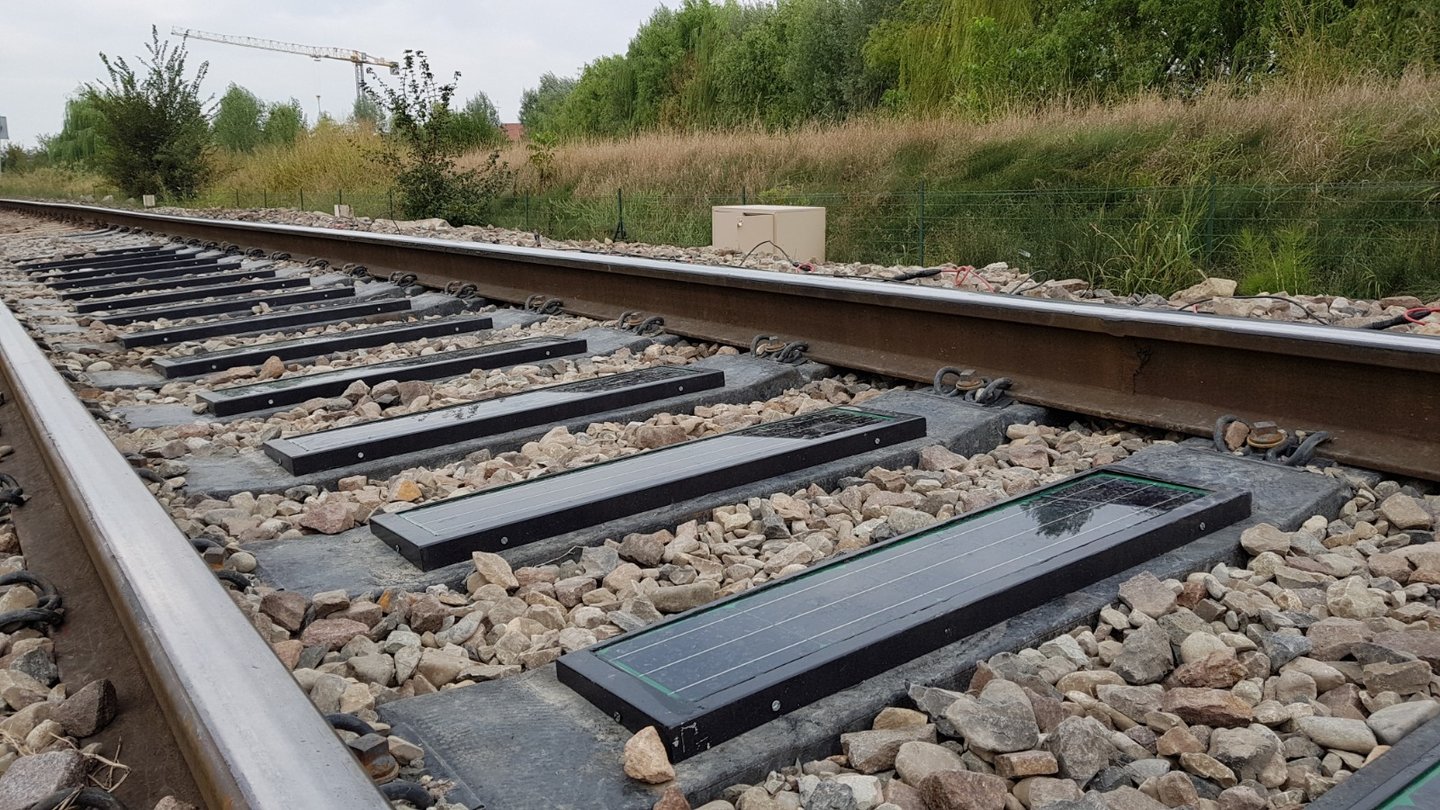The 70 Bombardier trains, each 200m in length, have to be integrated with three different signalling systems
Testing times: ECTS, TPWS and CBTC signalling systems
Unfortunately, delays in completing train and signalling software mean there are only four class 345 trains being tested on Crossrail’s central section. The issue is that the 70-strong fleet of 200m-long Bombardier trains ordered by TfL have to be integrated with three different signalling systems.
The section of the Elizabeth line between Paddington and Heathrow uses the European Train Control System (ECTS), the core signalling and train control component of ERTMS, the European Rail Traffic Management System. ETCS continuously calculates a safe maximum speed for each train, with cab signalling for the driver and on-board systems that take control if the permissible speed is exceeded.
West of Heathrow and east of Stratford, the trains use an automatic warning system, combined with a train protection and warning system (TPWS). A standard TPWS consists of an on-track transmitter adjacent to a signal – any train that passes it will automatically have its emergency brake activated.
Finally, the central section uses Siemens’ proprietary communications-based train control (CBTC) system, which makes use of the telecommunications between the train and track equipment in order to manage rail traffic and control infrastructure.
Creating interfaces that allow the Bombardier trains to switch from the legacy signalling systems to the newer ones is key to getting the testing back on track and timely delivery of the Elizabeth line.
"Trains are more software than hardware these days," transport expert and author Christian Wolmar told Wired. "The hardware is pretty simple but the software is the real issue. Debugging the software is a massive task."
United front: companies collaborate to fix software bugs
To address the issue, Crossrail has established a joint team comprising senior technical experts from Bombardier, Siemens and Crossrail to coordinate the testing of both vehicles and signalling systems.
The Dynamic Testing phase in order to assess the technical railway systems involves software testing on four different trains. Vehicles have been operating at line speed (100km/h/62mph) in the central section using the new automatic signalling system. Close headway testing – where trains are run close together – began on 8 June having been delayed due to an unspecified “safety critical failure”.
The train and signalling software is being tested off-site and in the tunnel environment. The off-site simulation is being undertaken by Siemens and Bombardier at the Crossrail Integration Facility (CIF) in Chippenham in Wiltshire and by Bombardier in Derby. Each new version of the train and signalling software increases both the functionality and the range of dynamic testing that can be undertaken.
“Fit-out is nearing completion at many stations and testing of the train and signalling system is underway but there is still a huge amount to do before the central section can open,” said Crossrail Ltd CEO Mark Wild in August. “Crossrail is now in its critical and most challenging final phase due to the significant integration and testing work that remains to be completed.
“We are fully focused on completing the Elizabeth line and ensuring a safe and reliable passenger service as quickly as possible.”
Crossrail is now in its critical and most challenging final phase due to the significant integration and testing work that remains to be completed
If another version of the software configuration is required, the ‘opening window would be under increased risk’
Forward momentum: software configurations and Crossrail targets
Crossrail is using a signalling software configuration called P_D+8. Testing with a later Siemens configuration (P_D+10) was due to start in October, and was expected to enable progress to the intensive Trial Running phase simulating the full railway timetable on 24 trains per hour – the number of trains that will run at peak times each hour between Paddington and Whitechapel – in the first quarter of 2020.
However, according to TFL Programme & Investment Committee report from 23 October, testing in the CIF has “identified some missing functionality and some defects”. The next version (PD+11) will be used for the start of Trial Running. PD+10 will still be installed in the central section in early October and reliability and functional testing will continue while the next version is developed.
P+11 is planned to be delivered for testing on the central section of the route in early December. CRL reports that the use of PD+11 should not delay the start of Trial Running planned in the first quarter of 2020, though if another version of the software configuration is required (i.e. to PD+12), the “opening window would be under increased risk”. The nature of the software development means uncertainty will remain until each version is tested.
“Siemens and Bombardier collaboration remains strong, with senior resources collocated in Westferry Circus and with the right level of CEO engagement, including recent meetings in Germany with senior officials from Crossrail, Siemens and Bombardier,” Crossrail Ltd told Railway Technology in a statement. “This has been a major achievement for the programme and will ultimately de-risk the development and assurance process.”

Caption: Image courtesy of Greenrail